Halifax Public Gardens National Historic Site
The Halifax Public Gardens were designated a national historic site in 1983.
Commemorative plaque: Spring Garden Road, Halifax, Nova Scotia Footnote 1
Opened to the public in 1875, these grounds limited the 1837 Horticultural Society gardens with an adjacent civic garden created in 1867. The original design of landscape gardener Richard Power is largely intact, partly due to his family's long superintendence. Bedding patterns, exotic foliage, favourite Victorian flowers, subtropical species and tree specimens continue the planting traditions of the era. The serpentine paths, geometric beds, commemorative statuary and bandstand are also typical features of this, one of the rare surviving Victorian gardens in Canada.
Description of historic place
The Halifax Public Gardens National Historic Site of Canada is one of the rare surviving Victorian gardens in Canada. Located in the heart of downtown Halifax, Nova Scotia, it is a favourite place for Haligonians and visitors to stroll and relax. Despite natural changes and occasional storm damage, the original nineteenth century design remains essentially intact, including bedding patterns, exotic foliage, favourite Victorian flowers, subtropical species and tree specimens, serpentine paths, geometric beds, commemorative statuary, and a bandstand that continue the traditions of the era.
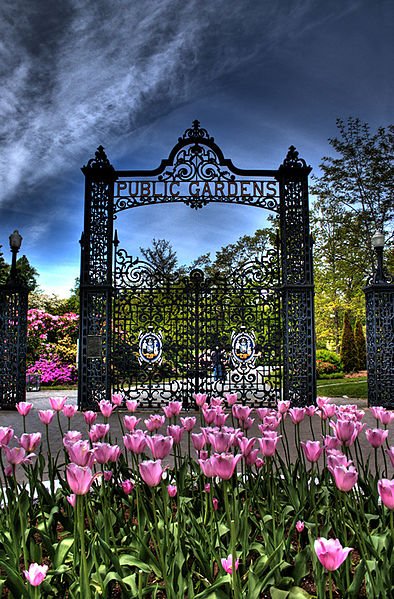
© Photographer Markjt
Heritage value
Halifax Public Gardens was designated a national historic site of Canada as a rare surviving example of a Victorian public garden. The heritage value of this site resides in its continued use as a public park and in its illustration of Victorian “Gardenesque” landscape design and planting traditions.
The Halifax Public Gardens was established in 1874 by the amalgamation of two older gardens, the Nova Scotia Horticultural Society Garden (laid out in 1837) and an adjacent public park (opened in 1866). In 1872, Robert Power was hired as the park’s superintendent. He introduced an axially symmetrical plan which governs the overall design of the site. Over the years, he oversaw the introduction of the bandstand (designed by architect Henry Busch), fountains, statues, and wrought iron gates as well as establishing the bedding out of annuals in highly designed carpet beds, redesigned Griffin’s Pond and introduced water fowl. He also initiated specimen planting, including many exotic and semi-tropical species. The whole was united by a system of gently curving gravel pathways within a perimeter of mature trees and wide sidewalks acting as buffers between the park and the surrounding city.
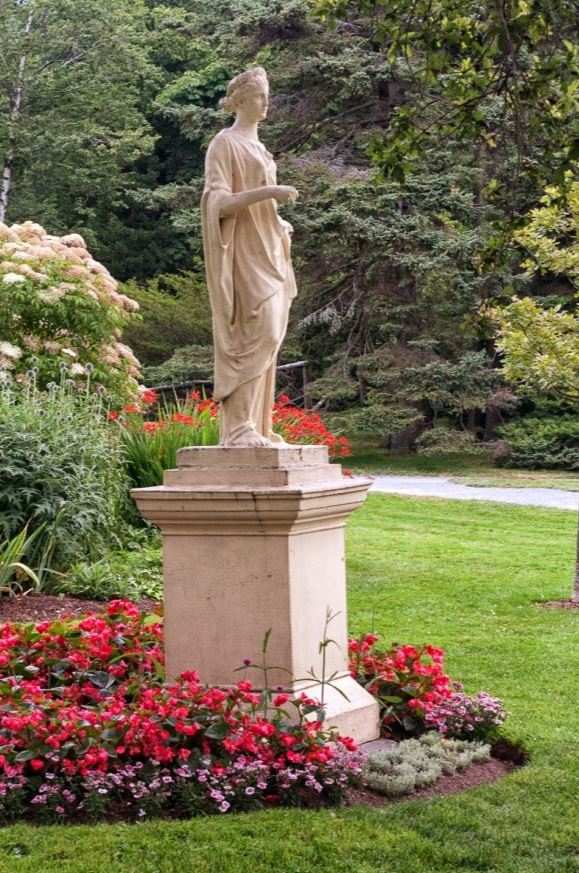
© Martin Wigginton
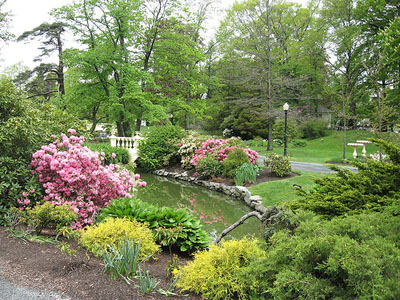
© Justin Paulson, Halifax Public Gardens, 2007
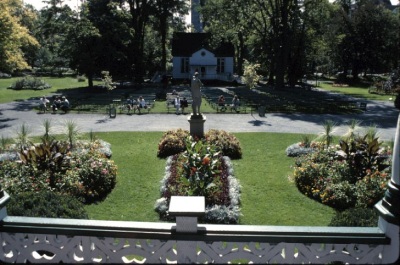
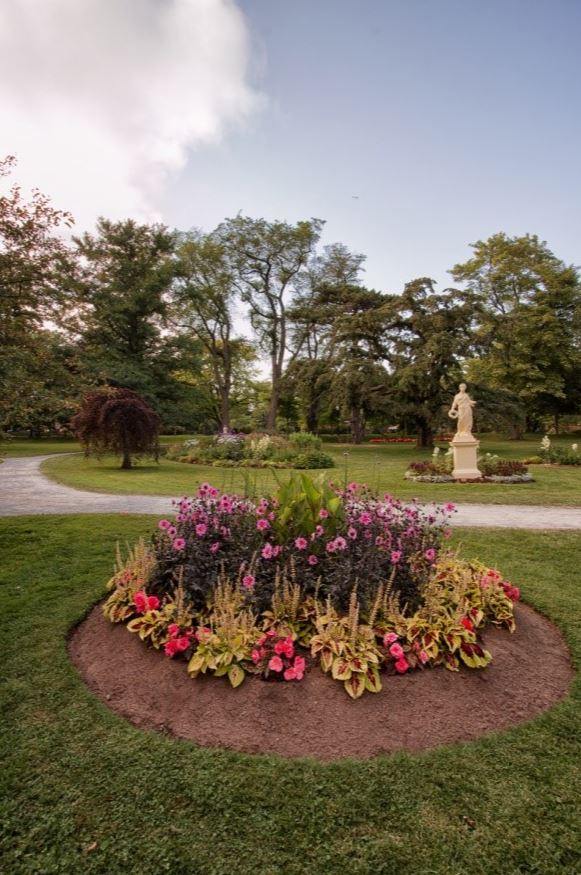
© Martin Wigginton
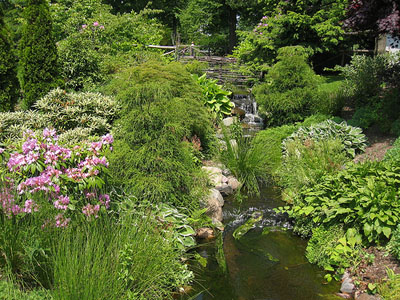
© Justin Paulson, Halifax Public Gardens, 2007

Source: Historic Sites and Monuments Board of Canada, Minutes, November 1983; Commemorative Integrity Statement 1999.
The National Program of Historical Commemoration relies on the participation of Canadians in the identification of places, events and persons of national historic significance. Any member of the public can nominate a topic for consideration by the Historic Sites and Monuments Board of Canada.
Related links
Related information about this designation
- Date modified :